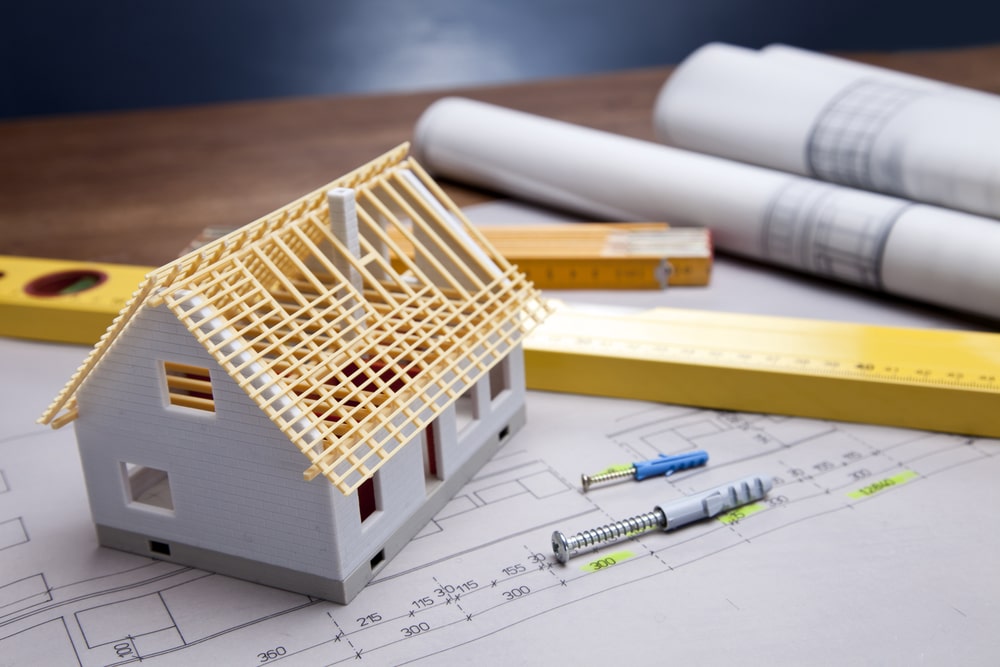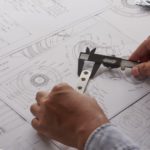Sector - Software & Technology
Why architecture will always be a reflection of the society we live in

In 50 years, the skyscrapers being built today might well be looked at in the same way we now view the modernist, concrete tower blocks that gained popularity post-war, says planning expert Monika Juneja.
Trends suggest that, in the future, architects will have rather different priorities from the high-tech nature of modern skyscrapers, with their steel frames and glass cladding. Sustainability will only continue to gain importance as a concept as the years progress. Indeed there have been concepts submitted for wood-framed skyscrapers, as the next era of design focuses on being more in harmony with nature.
For example, cross-laminated timber is gaining popularity as a building material as it represents a lightweight, sustainable alternative to steel framed buildings. Construction times and carbon emissions would both be positively impacted by changes like these.
In the future, the urban experience and its associated effects on physical and mental health, will be a particularly important concern for designers and architects. What this means is that green spaces and access to nature is something that clients, as well as councils, will begin to demand before new projects can even get off the ground and receive planning consent.
This trend is already evidenced by projects such as the Sky Garden and Garden Bridge project in London. Though the Garden Bridge was a failed project, that it got so far in the development process shows that there is public appetite for designs that are heavily influenced by the natural world.
Anticipating the public’s demands and adapting to them will lead us down some interesting routes in terms of design. With real estate in modern cities already at a huge premium, there is a demand for more intelligent uses of their space. Multi-use spaces which are adaptable and modular will gain in popularity, and we might see increasingly creative ways of using the space available — for instance, ‘The Big Bend’, a recently proposed New York building which aims to circumvent the city’s strict zoning laws by curving back round on itself. Google’s proposed ‘landscraper’ HQ in King’s Cross is another example of creative design that re-thinks the way we currently view the urban landscape, as are award-winning proposals for a ‘side-scraper’ running the perimeter of Central Park, and a ‘shantyscraper’ proposal to better use the space in the centre of Chennai.
Today we view the concrete tower blocks of the 20th century as striking remnants of a city’s past, very much a product of their own era, reflecting a time when public priorities were quite different to those of today. In 50 years, the buildings we currently view as modern will, again, reflect an era when attitudes and concerns were different to those of the contemporary times.
Today’s skyscrapers are built to last with the most high-tech materials currently available, and are often comprised largely of office space. In the future, the onus will be on developers to use more sustainable materials, to blend the urban and natural landscapes as seamlessly as possible, and to provide spaces which offer many functions and host several utilities, as well as benefiting local communities.
Monika Juneja is a former cabinet member for planning and is now Director of consultancy, Fortitude Dynamics.
If you would like to read more articles like this then please click here.
Related Articles
More Software & Technology News
- How AI technology is making the construction sector safer
8 Apr 24
The most groundbreaking solutions currently changing workplace health and safety are those which harness the
- How technology can improve supply chain resilience in infrastructure project delivery
5 Apr 24
Major infrastructure projects rely on supply chains being resilient in the face of unexpected challenges.
- Power of AI to boost project delivery
3 Apr 24
The IPA has published a new framework which sets out how AI will be harnessed






